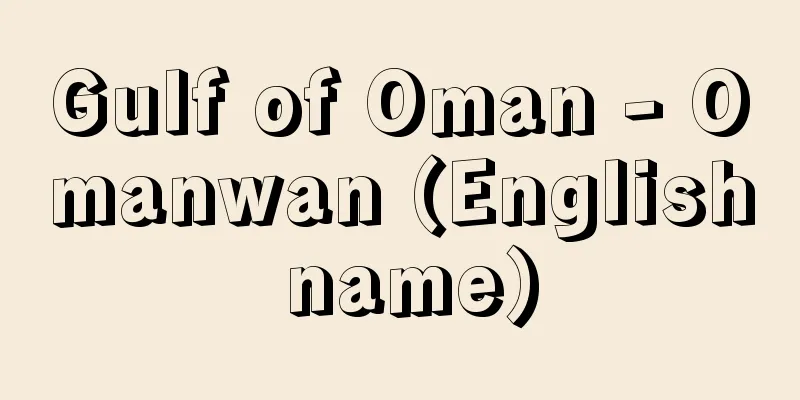Shigeno story - Shige Shigeyawa

|
A reading book from the mid-Edo period. Written by Kinro Gyoja (Tsuga Teisho). Five volumes and six books. Published in 1766 (Meiwa 3) by Osaka Kikuya Sobei and others. Nine stories in total. Along with his debut work, "Hanabusa Soushi," this is a collection of strange tales adapted from Chinese hakuwa novels and other Japanese and Chinese literature. All in the form of historical novels, it describes human feelings and established a style of reading book that was closer to modern novels. The third episode, "The story of how the guardian of the Kii Border with his sacred bow transformed into a swan," is based on the Tang Dynasty novel "The Ren Family," the fifth episode, "The story of shooting a monster bone on the shore of the white chrysanthemum's monkey cage," is an adaptation of "Chen Cong-shan and Mei-ling's Fallen Family" from "Yusei Mei-gen," and the sixth episode, "The story of the official Su Qing carrying his two sons to China," is based on the Noh song "Tang Ship." It compiles together articles related to Song Soqing from "Isho Nihonden," and the seventh story, "The Story of Mochizuki Saburo Kaneie, Escaping the Dragon's Cave and Keeping His House," is based on the legend of Koga Saburo. Compared to "Eishoshi," it uses Chinese novels less and has an attitude of creating original ideas and basing its stories on Japanese classics. This attitude becomes even stronger in the third work, "Hitsujigusa." [Takeshi Tokuda] "Complete Collection of Japanese Masterpieces 10: Collection of Ghost Stories" (1927, Dosho Kankokai) "Collection of Elegant Novels" (1934, Yuhodo Bunko) Source: Shogakukan Encyclopedia Nipponica About Encyclopedia Nipponica Information | Legend |
|
江戸中期の読本(よみほん)。近路行者(きんろぎょうじゃ)(都賀庭鐘(つがていしょう))作。5巻6冊。1766年(明和3)大坂菊屋惣兵衛(そうべえ)ら刊。全9話。処女作である前作の『英草紙(はなぶさそうし)』とともに、中国白話(はくわ)小説をはじめ和漢の文献を翻案した奇談集で、すべて歴史小説の形をとりながら、人情を描写し、近代小説に近づいた読本の作風を確立した作品。第3話「紀の関守が霊弓一旦白鳥(たつかゆみひとたびしらとり)に化(け)する話(こと)」は唐代小説『任氏(じんし)伝』、第5話「白菊の方猿掛(さるかけ)の岸に怪骨を射る話」は『喩世明言(ゆせいめいげん)』中の「陳従善梅嶺失渾家」の翻案であるが、第6話「素卿官人(そけいかんにん)二子を唐土に携ふる話」は謡曲『唐船(とうせん)』と『異称日本伝』中の宋(そう)素卿関係の記事をつなぎ合わせており、第7話「望月(もちづき)三郎兼舎(かねいえ)竜窟(りょうくつ)を脱(のが)れて家を続(つ)ぎし話」は甲賀(こうが)三郎伝説を下敷きにしているというように、『英草紙』に比し、中国小説を利用する程度が弱まり、独自に構想をたてたり、日本古典を踏まえる姿勢が出てきている。この姿勢は第三作の『莠句冊(ひつじぐさ)』になるとより濃厚になっている。 [徳田 武] 『『日本名著全集10 怪談名作集』(1927・同書刊行会)』▽『『雅文小説集』(1934・有朋堂文庫)』 出典 小学館 日本大百科全書(ニッポニカ)日本大百科全書(ニッポニカ)について 情報 | 凡例 |
Recommend
PPBS - PPBS
It is an abbreviation for planning-programming-bu...
Charles William Le Gendre
1830‐99 American soldier and diplomat. Also known ...
Cabaret
The name comes from the fact that the photographe...
Miyamoto Musashi
Year of death: 13 June 1645 (2nd year of the Shoho...
Greco
His real name was Domenikos Theotokopoulos. He was...
Factory mortgage - Kojo Tei To
A special mortgage on the property belonging to a ...
Eitai Kosaku - Eitai Kosaku
" Eikosaku English: " Same as " Sou...
Oi (Gifu) - Ooi
...It stretches from north to south across the Ki...
Goodpasture syndrome - Goodpasture syndrome
A relatively rare disease characterized primarily ...
Senyomon-in
Year of death: 8th June 1252 (15th July 1252) Year...
Spontaneous Combustion - Mint
When a combustible substance is heated in oxygen ...
Serengeti National Park - Serengeti National Park
It was registered as a World Heritage Site (natura...
Constitutional Law - Kenpo Satsuyo
Book by Minobe Tatsukichi. Published in 1923. Alon...
Torpedo - Suirai
A general term for underwater destructive weapons...
Appoggiatura
...The names vary from country to country and fro...









